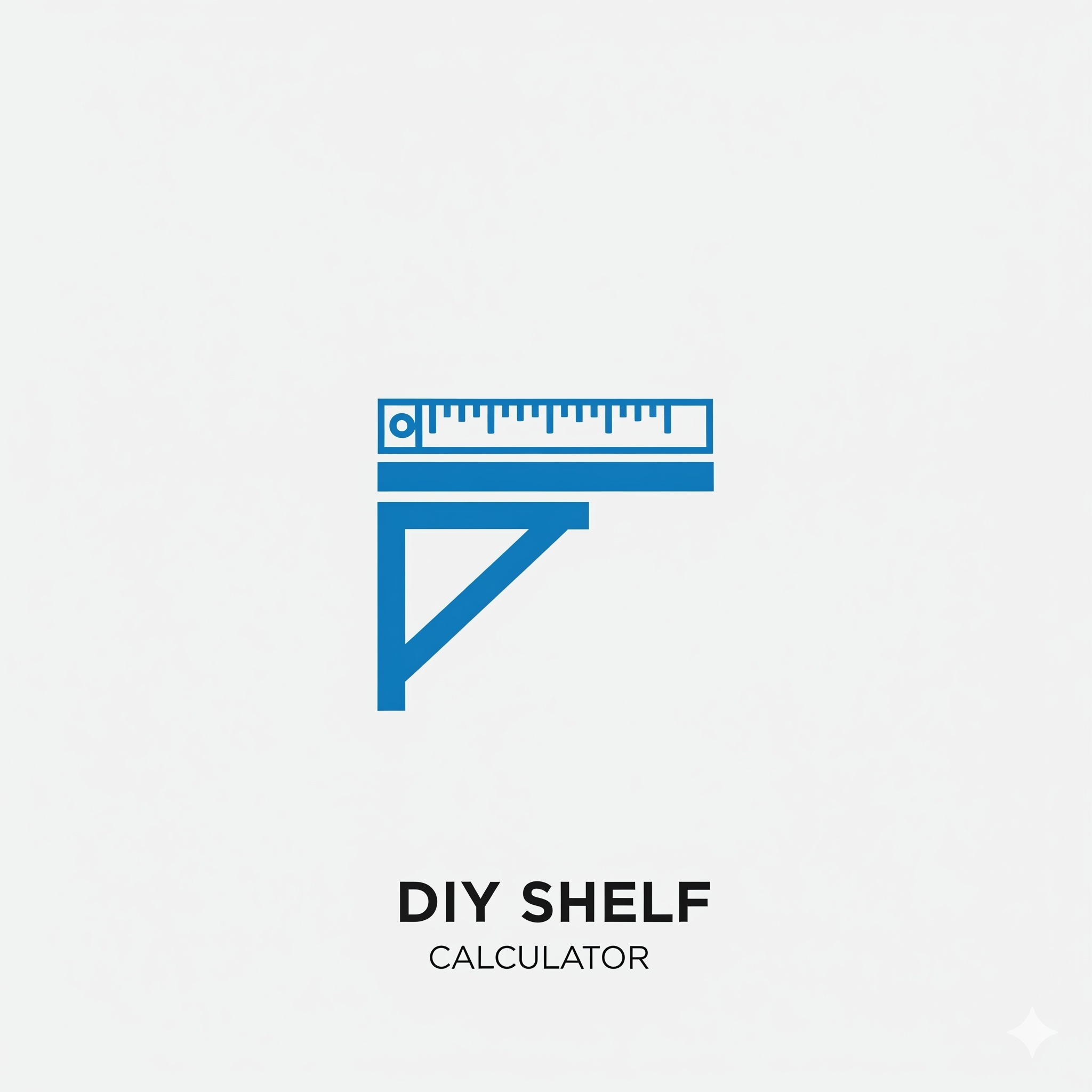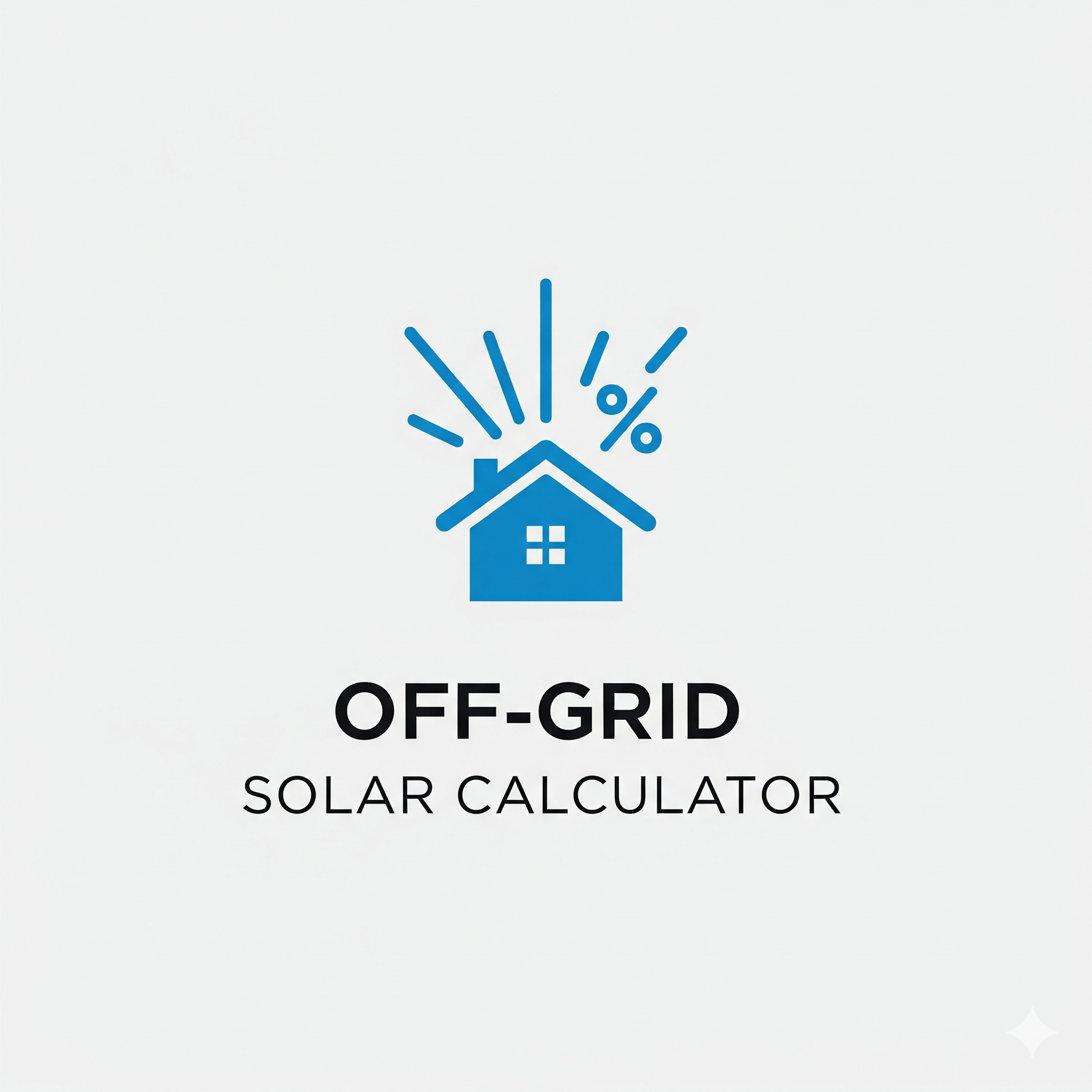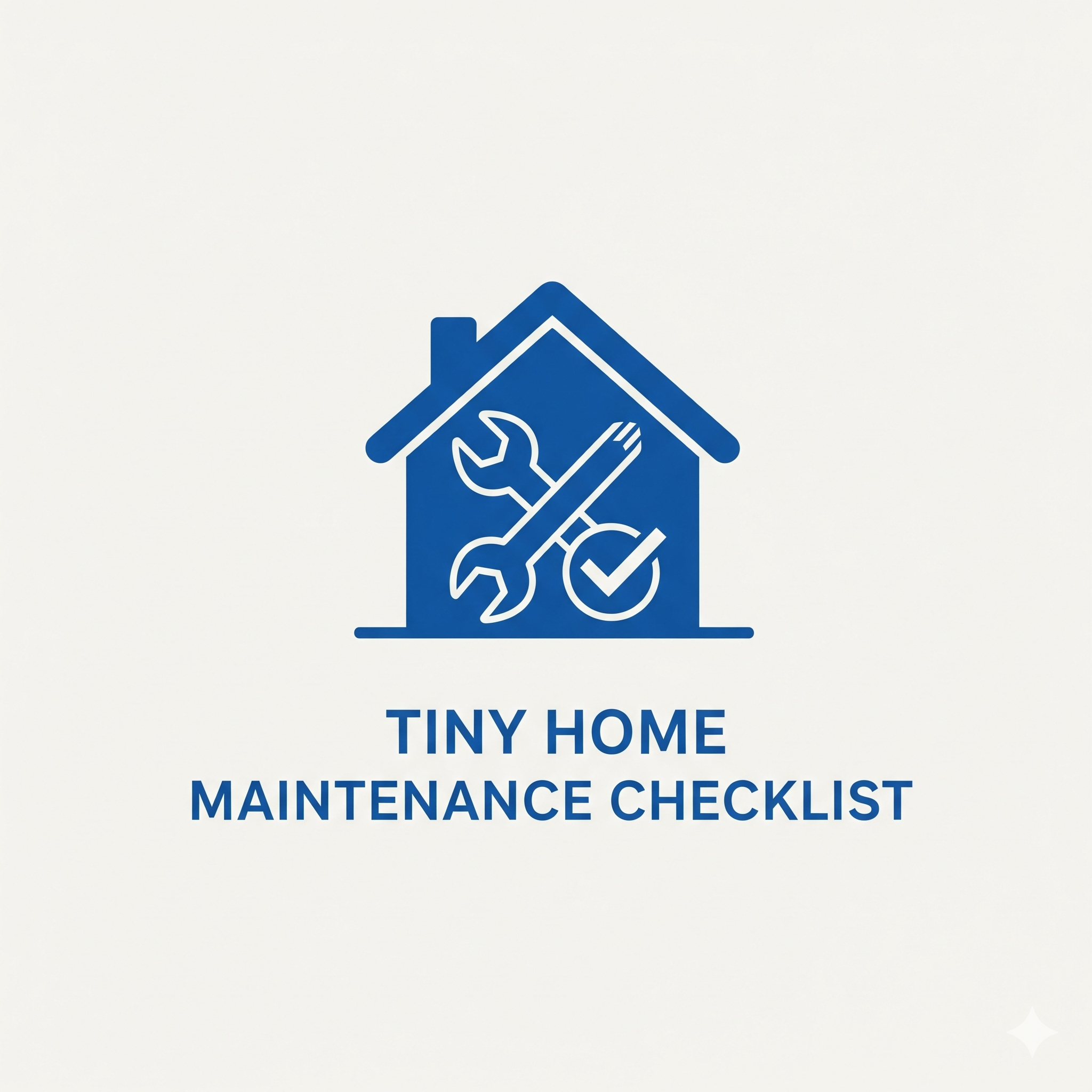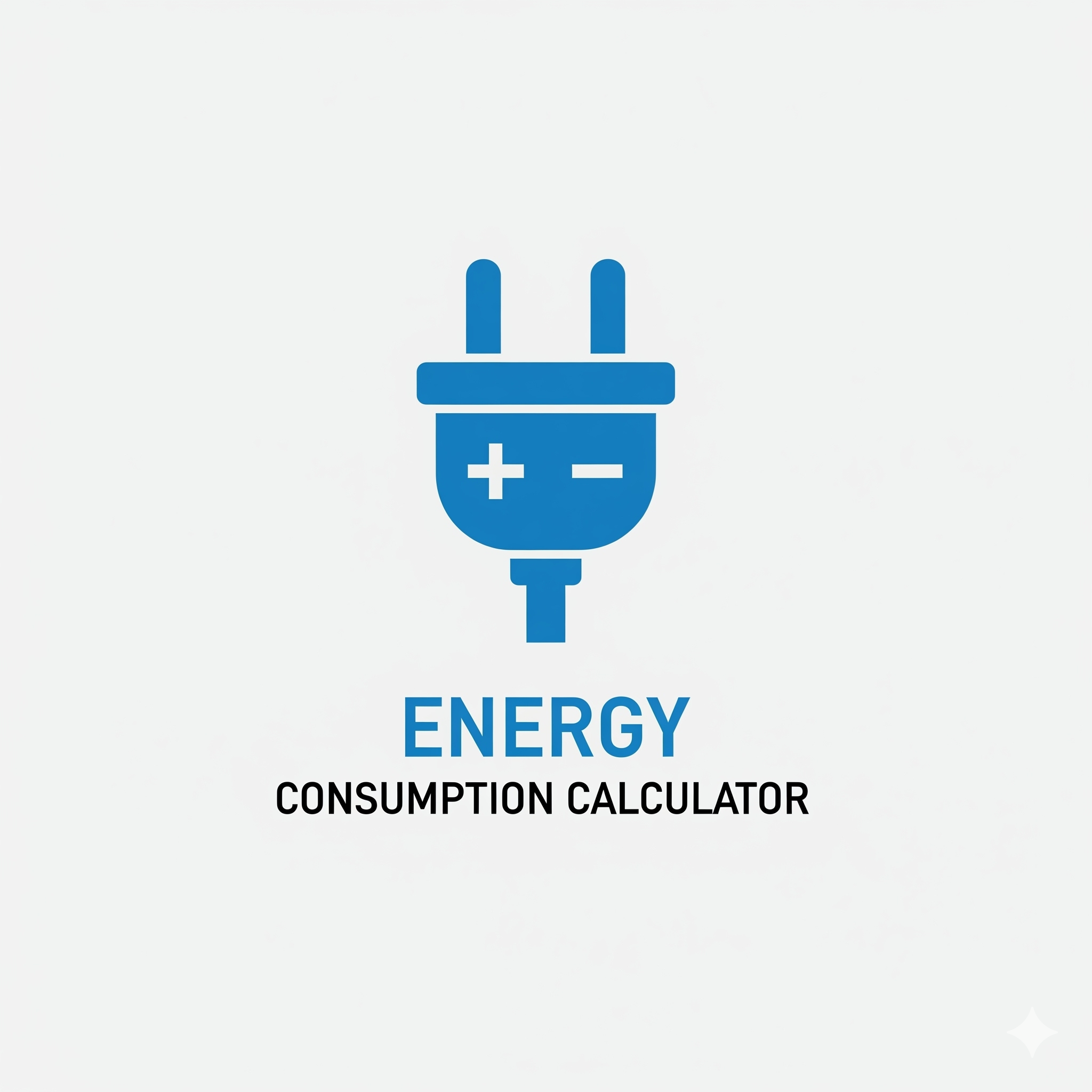DIY Shelf Calculator & Material Planner
Use our free DIY Shelf Calculator to get a complete shopping list for your project. It calculates lumber needed and the correct number of brackets for strong, sag-free shelves.
DIY Shelf Calculator & Shopping List
Plan your custom shelving project with confidence. Enter your desired dimensions to get a complete materials list and a sag-free support plan.
Your Project Plan
Your shopping list and support guide will appear here.
How to use this tool: Enter your desired shelf dimensions and how many you want to build. Select the wood thickness and the type of items you plan to store on them. The calculator will generate a simple shopping list and, most importantly, tell you exactly how many brackets you need to build strong, sag-free shelves.
The DIY Shelf Calculator: Your Blueprint for Strong, Stylish, Custom Shelving
There’s nothing quite like a custom-built shelf. It fits your space perfectly and adds a personal touch that store-bought furniture just can’t match. As a tiny home builder, I consider custom shelving to be one of our most powerful tools for maximizing storage. But I also know the fear that holds people back from this simple DIY project: the fear of sagging. We’ve all seen them—sad, drooping bookshelves, bowing under the weight of a few paperbacks. The good news is, building strong, beautiful shelves isn’t about complex woodworking skills; it’s about simple math and physics. That’s why I created this **Shelf Calculator**. It’s designed to be your expert consultant, taking the guesswork out of the most critical decisions and providing you with a confident plan and a clear shopping list to get started.
This tool does more than just calculate the amount of wood you need. Its real power lies in its support recommendations. By factoring in your shelf material, length, and intended load, our **Shelf Calculator** determines the maximum safe distance between supports (the “span”) and tells you exactly how many brackets you’ll need to create a rock-solid shelf that will stay perfectly straight for years to come. This is the secret that separates amateur-looking DIY from a professional, long-lasting installation. Let this tool be your guide to moving from “I wish I had shelves there” to “I built these myself.”
The Anatomy of a Strong Shelf: Wood, Span, and Support
To appreciate the “why” behind the calculator’s recommendations, let’s break down the three elements of a successful shelf:
- The Wood: The material you choose is your foundation. For most DIY projects, 1-inch thick boards (which are actually 3/4-inch thick) made of pine or quality plywood are great for light to medium loads. For anything heavy, like kitchen dishes, a full library of books, or garage storage, upgrading to 2-inch thick lumber (which is actually 1.5 inches thick) provides significantly more strength and resistance to sagging.
- The Span: This is the single most important factor. The “span” is the distance between the support brackets. The longer the span, the more likely a shelf is to sag under its own weight, even with nothing on it. Our calculator uses established woodworking standards to recommend a maximum span to ensure your shelves remain rigid. –
- The Support: Your shelves are only as strong as how they’re attached to the wall. This means choosing the right brackets and, crucially, mounting them correctly. You should always aim to screw your brackets directly into the wall studs—the vertical wooden beams inside your walls. Mounting only to drywall, even with anchors, is not sufficient for anything other than the lightest of decorative shelves.
A Step-by-Step Guide From Shopping List to Installation
The **Shelf Calculator** gives you the plan. Now, let’s turn that plan into reality. Building and installing simple bracketed shelves is a perfect weekend project.
- Buy Your Materials: Take your shopping list from the calculator to the hardware store. When selecting your wood, look down the edge of each board to make sure it’s straight and not warped or twisted.
- Cut and Finish: Many big-box hardware stores can cut your boards to the exact length you need. Once home, give all the surfaces a light sanding with medium-grit sandpaper. Now is the time to apply your desired finish—be it stain, paint, or a clear polyurethane sealant.
- Find Your Studs: This is critical. Use a stud finder to locate and mark the vertical studs in your wall where you plan to hang the shelf. They are typically spaced 16 inches apart. This is where your brackets *must* go.
- Mount Your Brackets: Using a level, mark the positions for your brackets on the stud lines. The calculator told you how many brackets to use per shelf; space them out as evenly as possible within the recommended maximum span. Drill pilot holes and then securely screw the brackets into the studs.
- Attach Your Shelves: Place your finished shelf board on top of the brackets and secure it by screwing up from the bottom of the bracket into the shelf.
For more detailed visual guides on finding studs and mounting brackets, I often recommend the excellent tutorials from DIY sites like The Family Handyman.
Beyond Basic Brackets: Exploring Other Shelf Styles
While our calculator is designed for classic bracketed shelves, the principles of span and support apply to many other styles that are perfect for tiny homes.
| Shelf Style | Description | Tiny Home Advantage |
|---|---|---|
| Floating Shelves | The support hardware is completely hidden inside the shelf board. | Offers a clean, minimalist look that reduces visual clutter. Best for light to medium loads. |
| Built-in Shelves | Shelves are built directly into a nook or between two walls/cabinets. | The ultimate space-maximizer. Uses every available inch and looks custom and high-end. |
| Adjustable Track Shelving | Metal standards are mounted to the wall, and brackets can be moved up or down. | Highly flexible and strong. Perfect for pantries, garages, or spaces where storage needs change over time. |
Custom shelving is a gateway to the world of DIY. It’s a project that delivers a huge return in both functionality and style. Don’t let uncertainty hold you back. Use our **Shelf Calculator** to create your plan, and get ready to build something amazing for your home.
Where in your home are you dreaming of adding custom shelves? What would you store on them? Share your project ideas in the comments below!
Frequently Asked Questions (FAQ)
- How do I find studs in my wall?
The easiest way is with an electronic stud finder, an inexpensive tool available at any hardware store. You can also sometimes find them by looking for small dimples where nails were used to attach the drywall, or by tapping on the wall and listening for the solid sound of a stud versus the hollow sound of the space between them. - What kind of screws should I use?
For mounting brackets into wooden wall studs through drywall, a #8 or #10 construction screw that is at least 2.5 inches long is a great choice. This ensures about 1.5 inches of the screw is embedded securely in the stud. - The calculator gave me a number of brackets. Does the bracket style matter?
Yes. Choose a bracket that is rated for the load you selected. Also, the depth of the bracket should be at least 2/3 of the depth of your shelf. For a 10-inch deep shelf, you’ll want a bracket that is at least 7 inches deep. - What if my walls are brick or concrete?
For masonry walls, you cannot use wood screws. You will need to use a hammer drill to make a pilot hole and then use special masonry screws (like Tapcons) or sleeve anchors to securely mount your brackets. Always follow the manufacturer’s instructions for these types of fasteners.




Post Comment